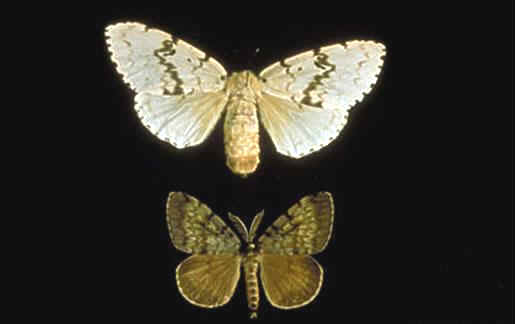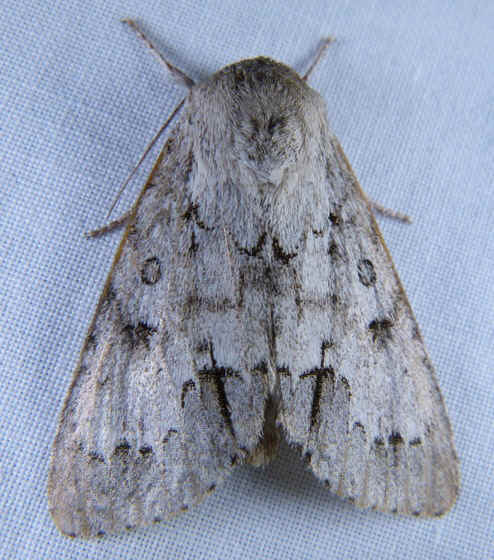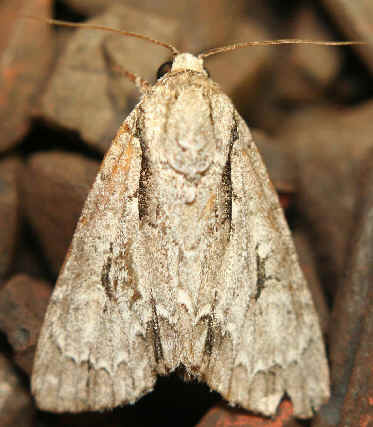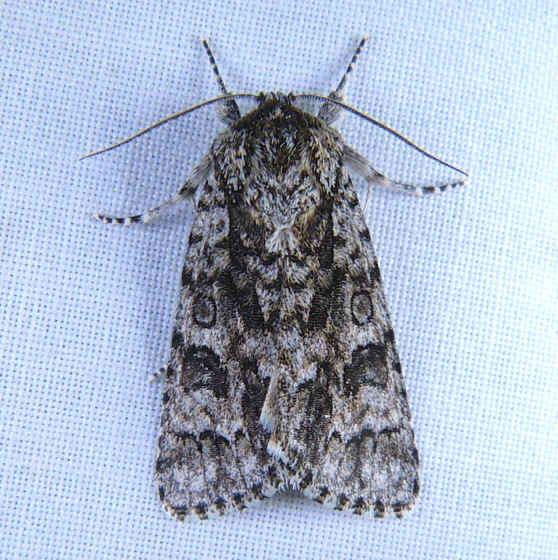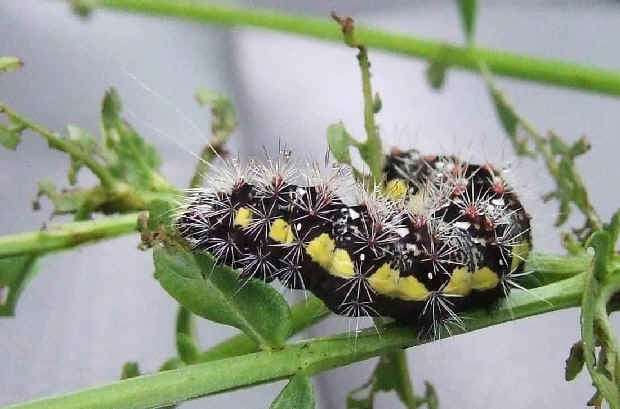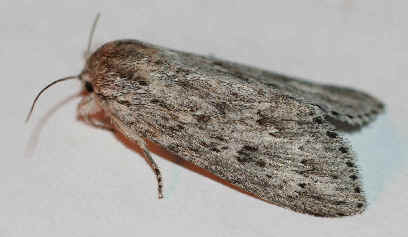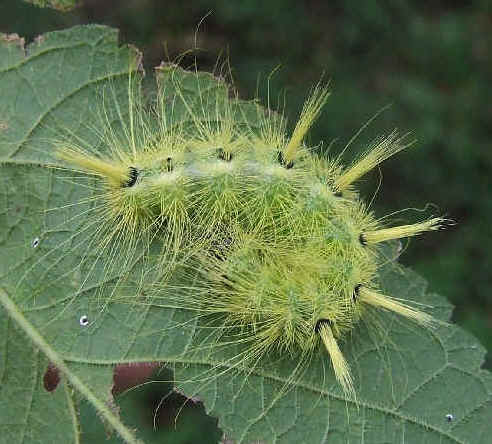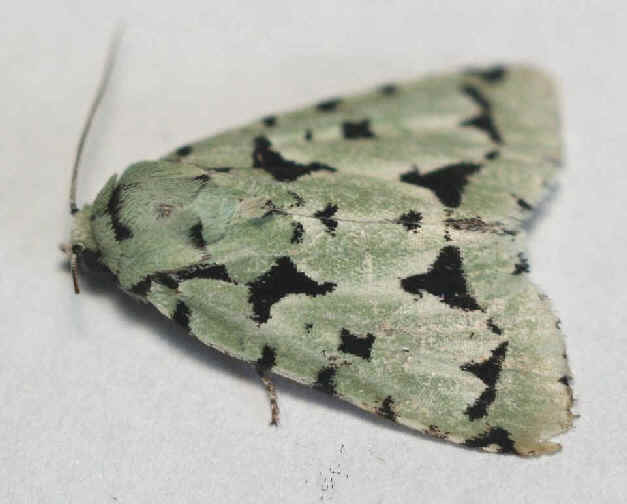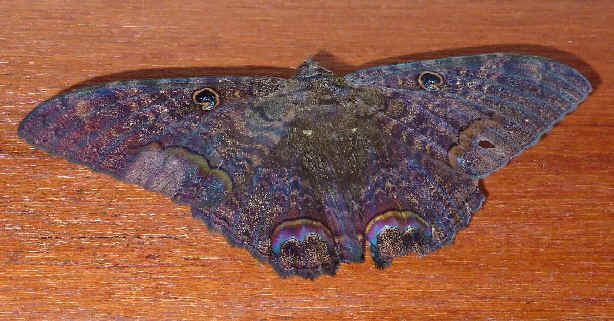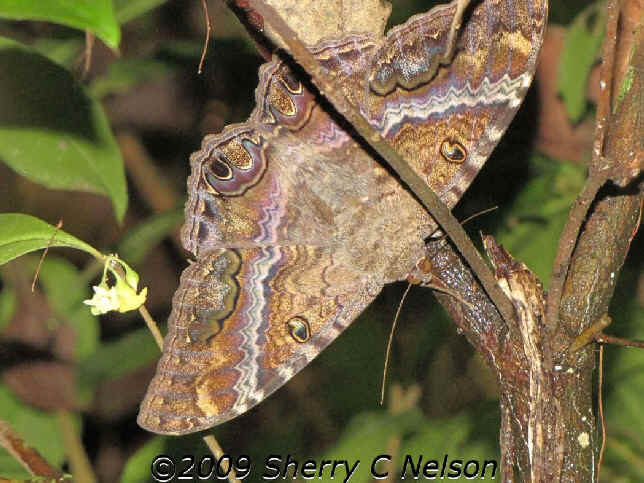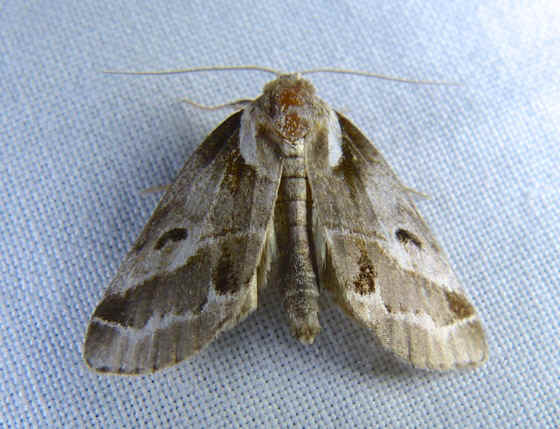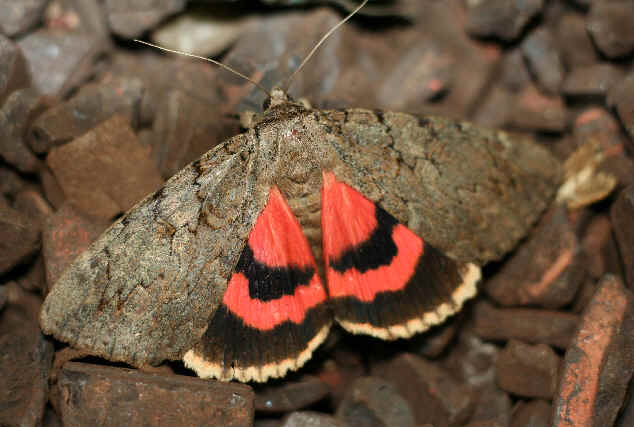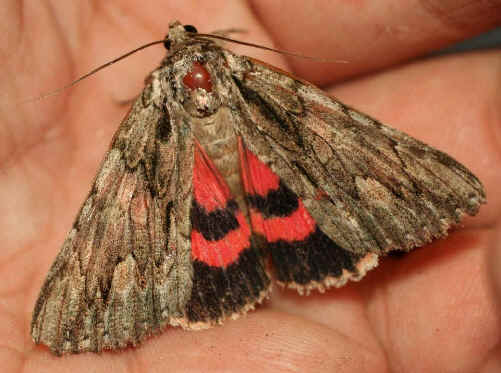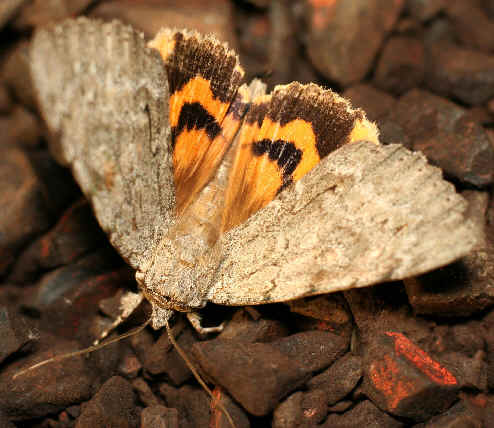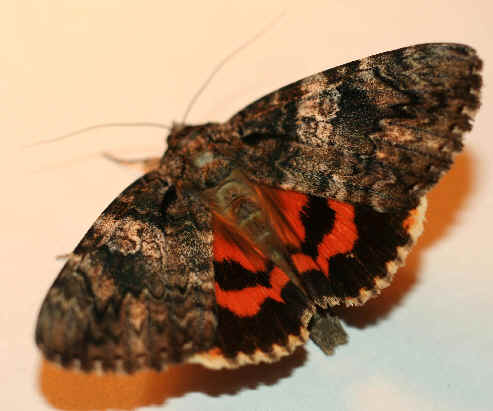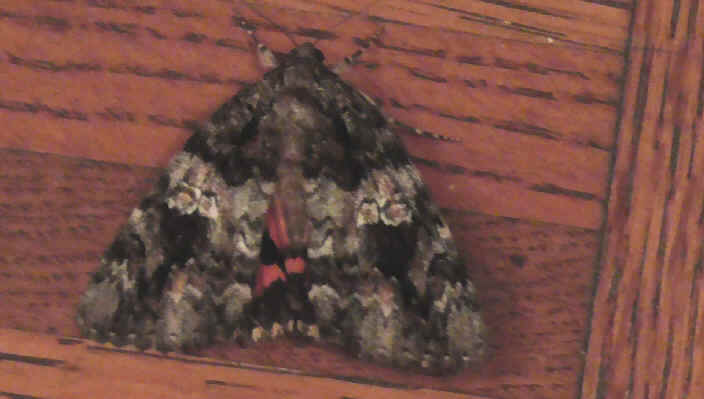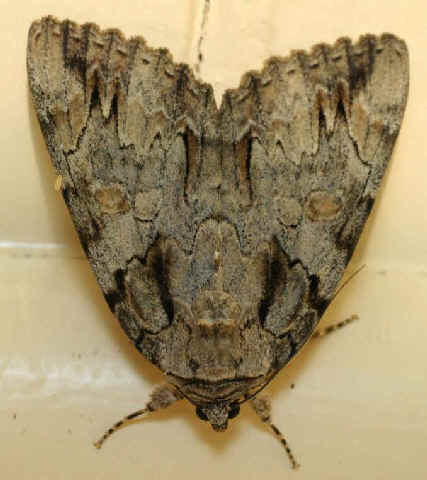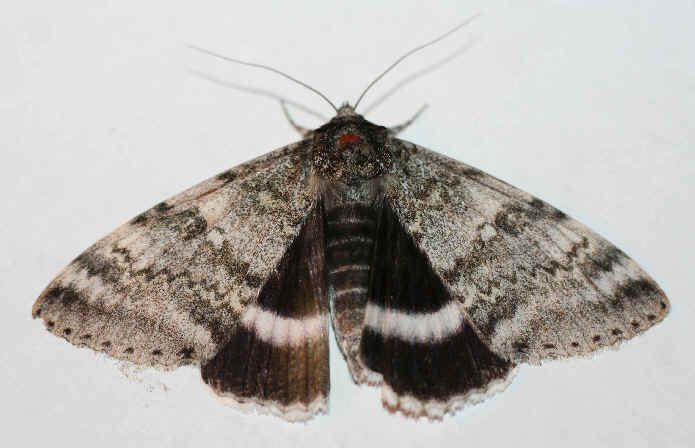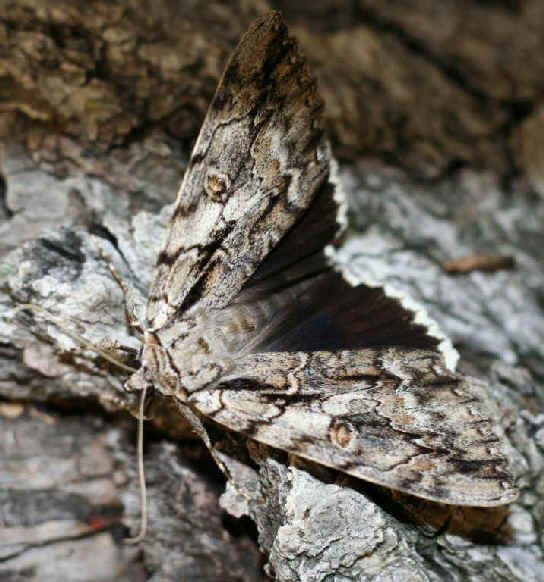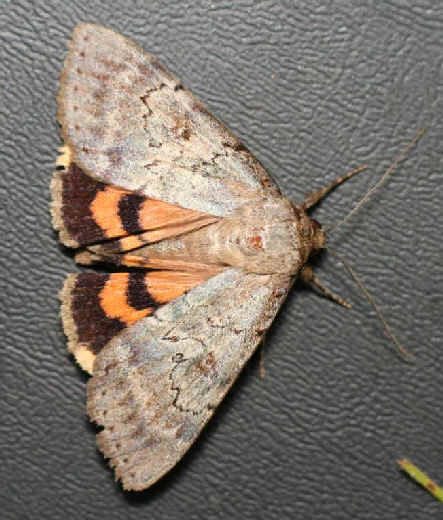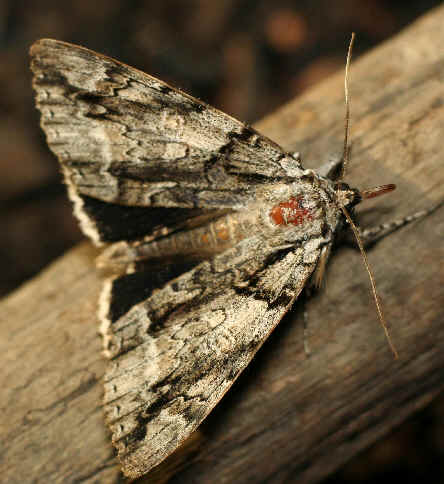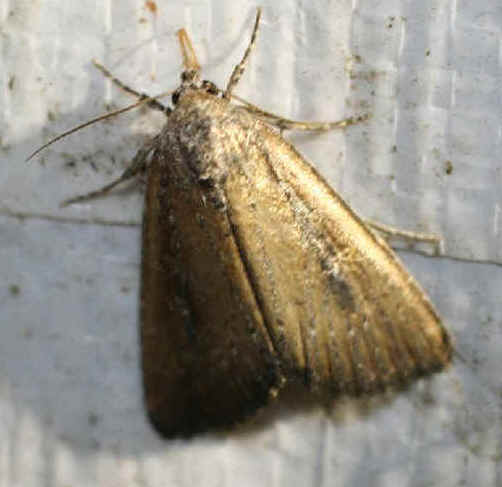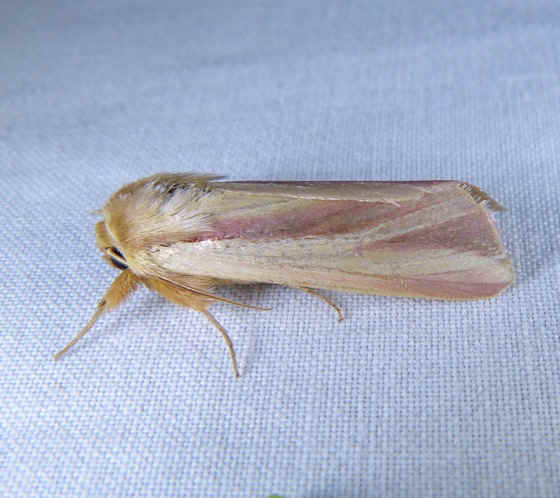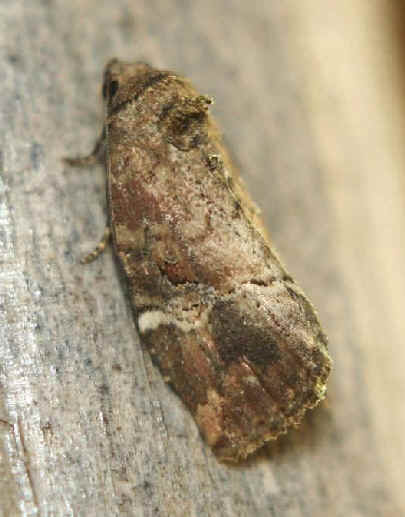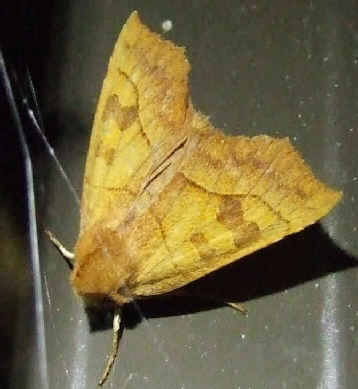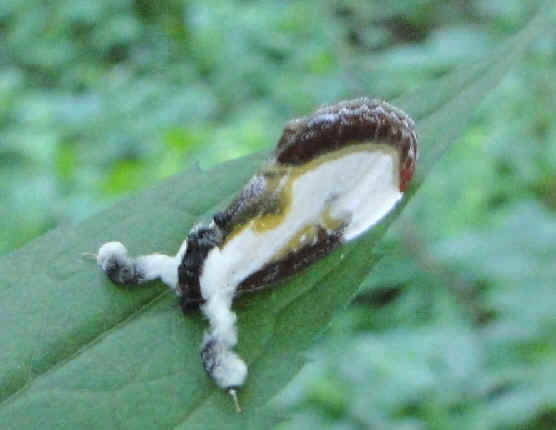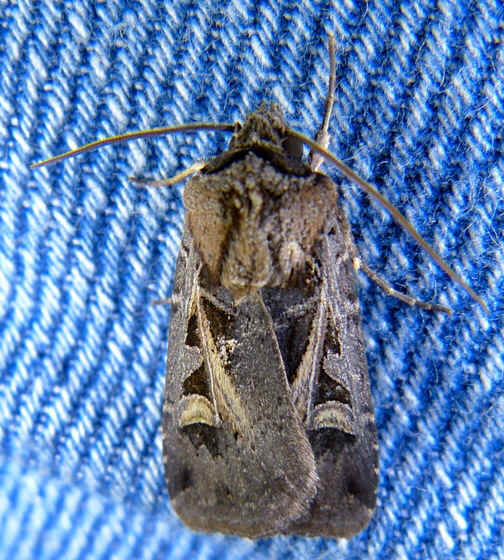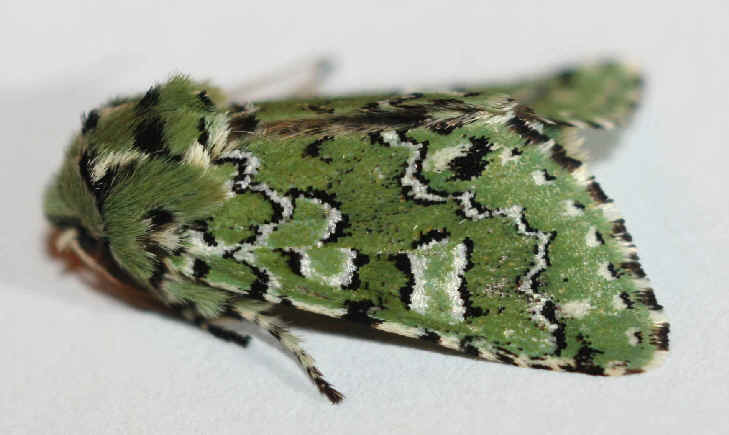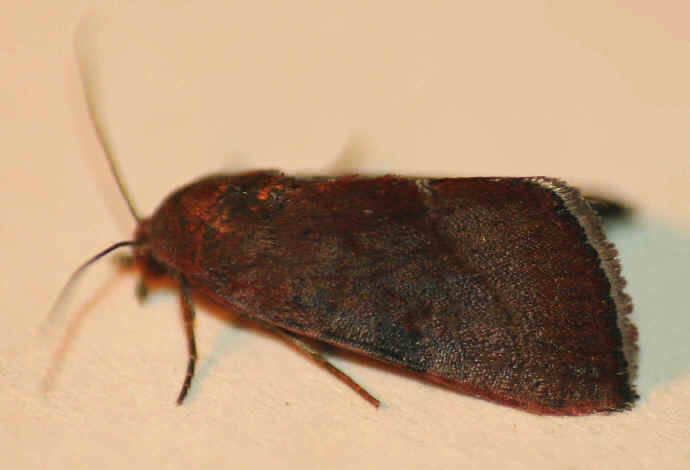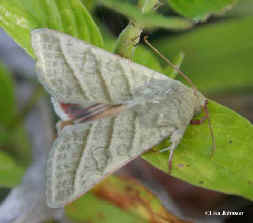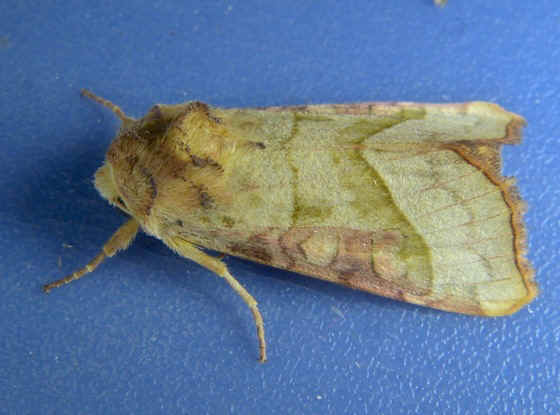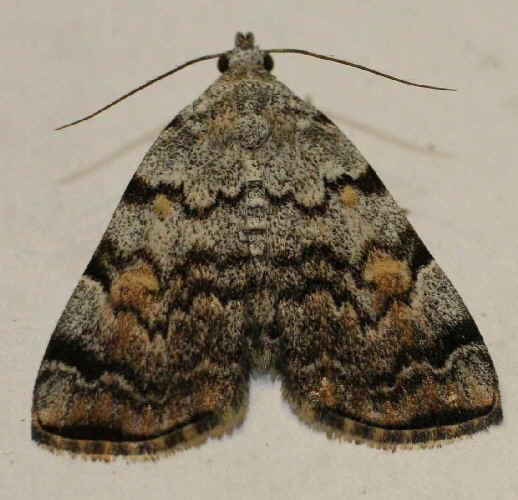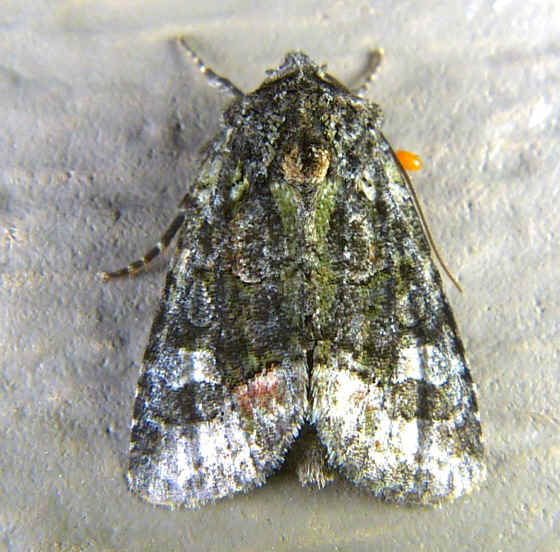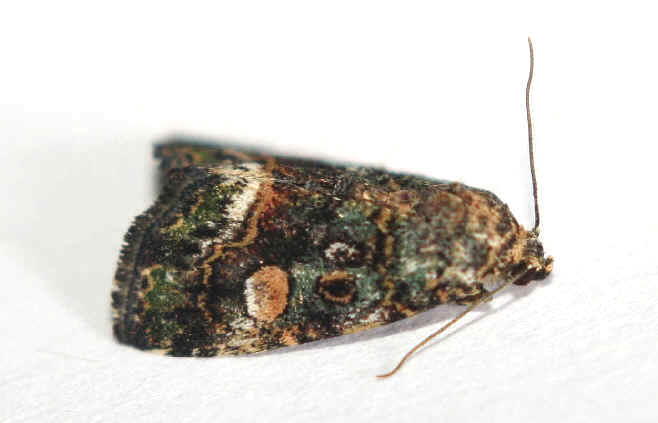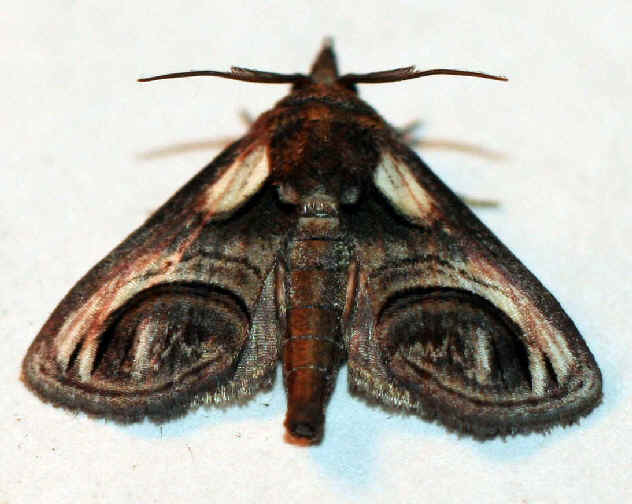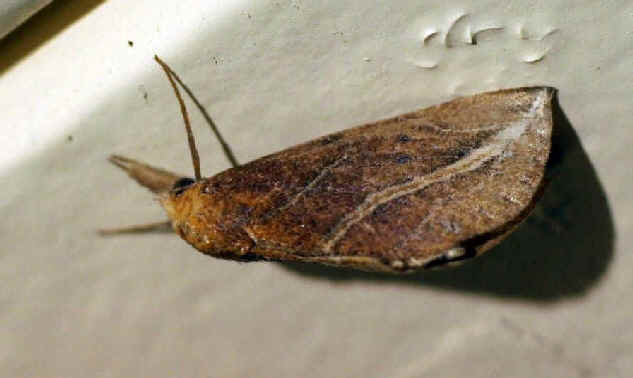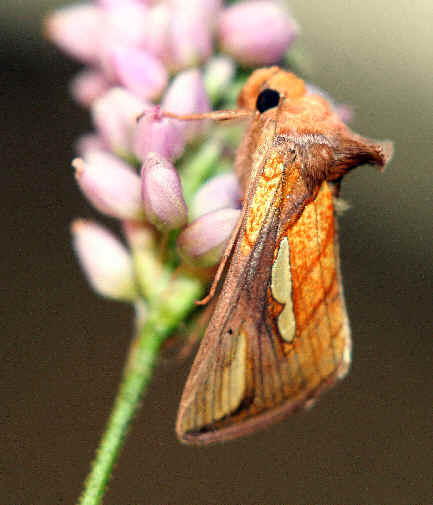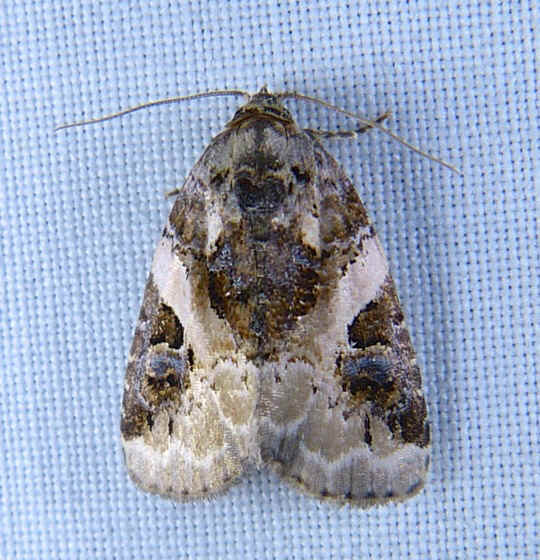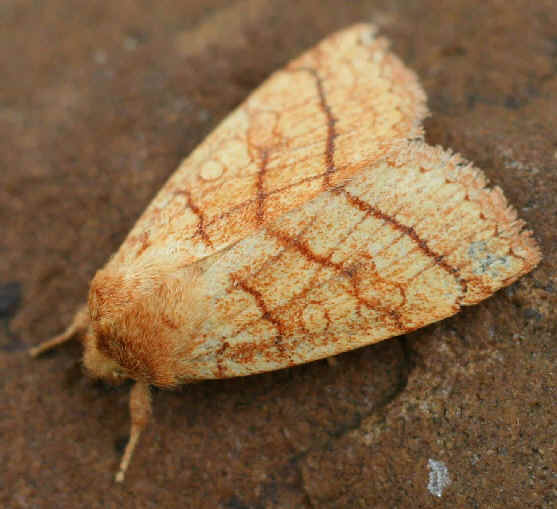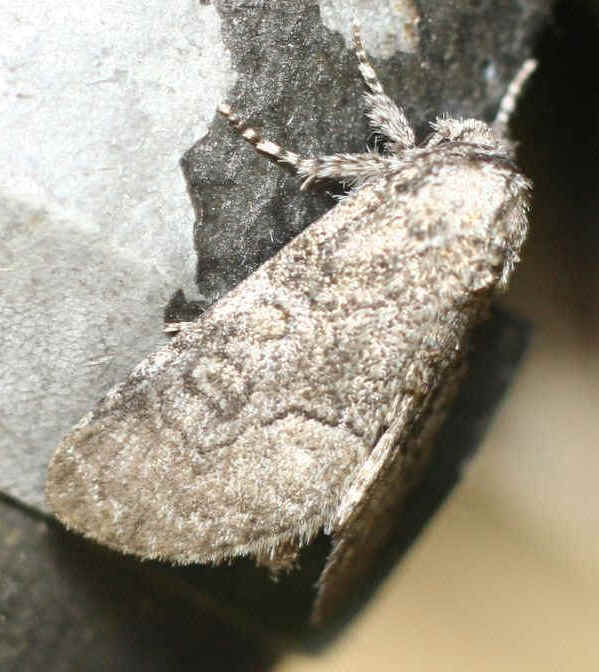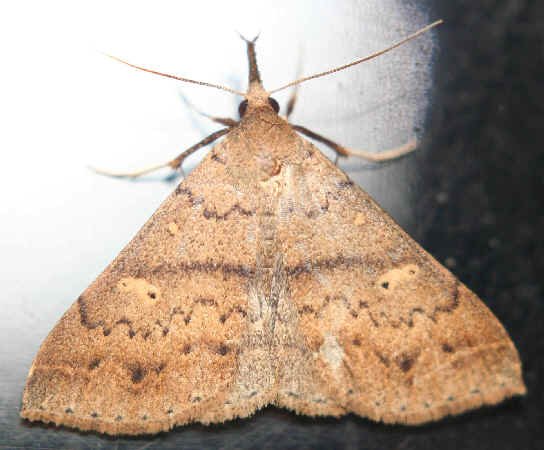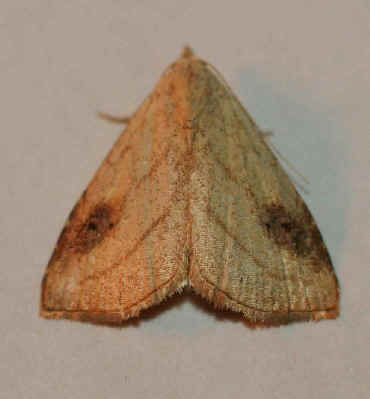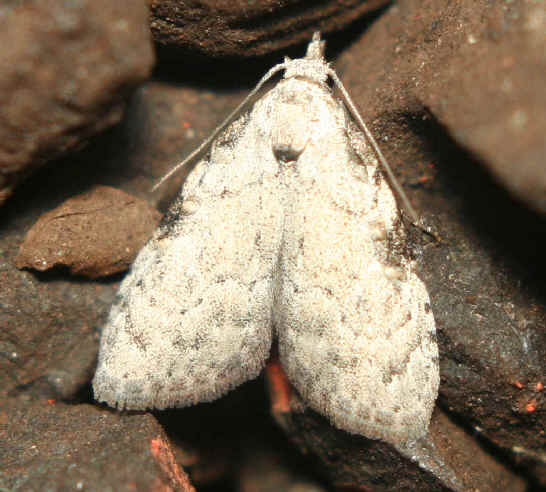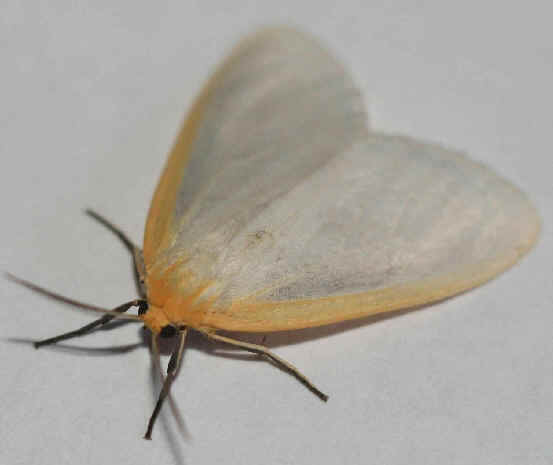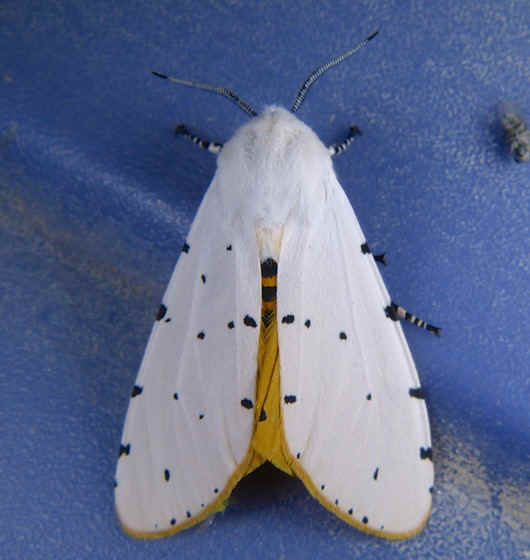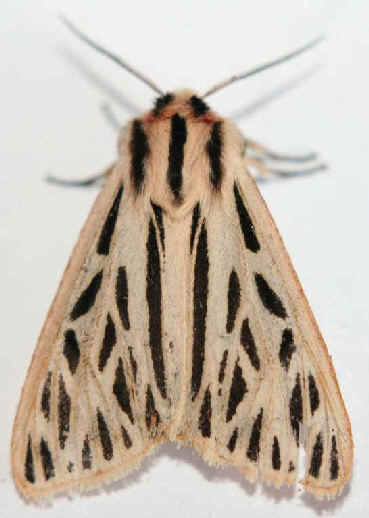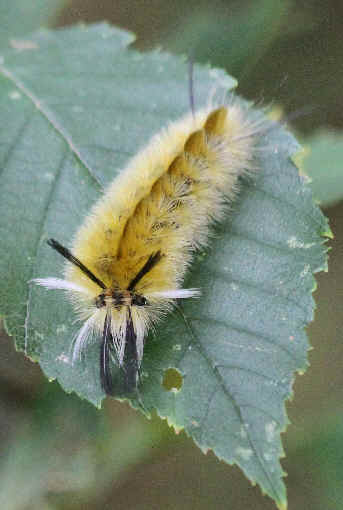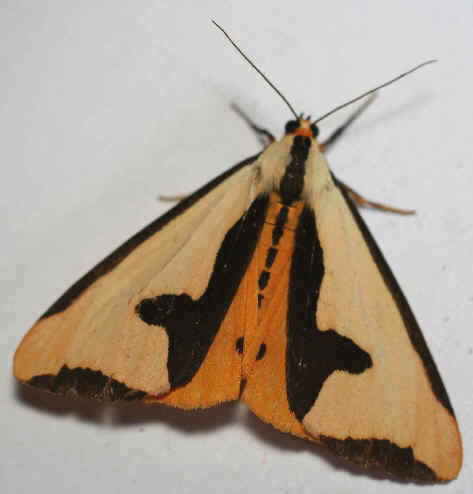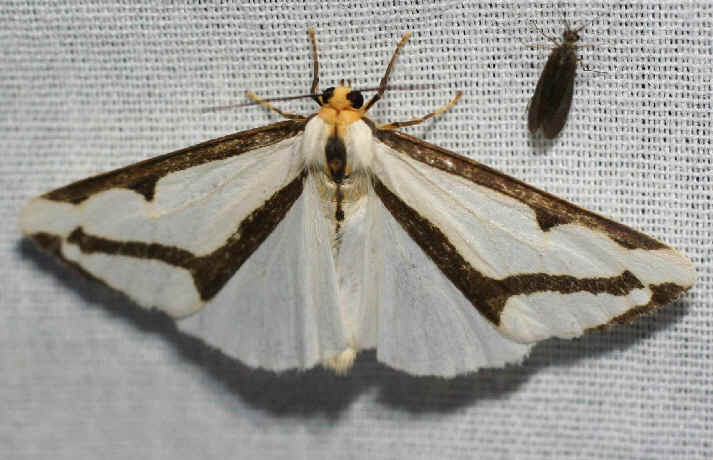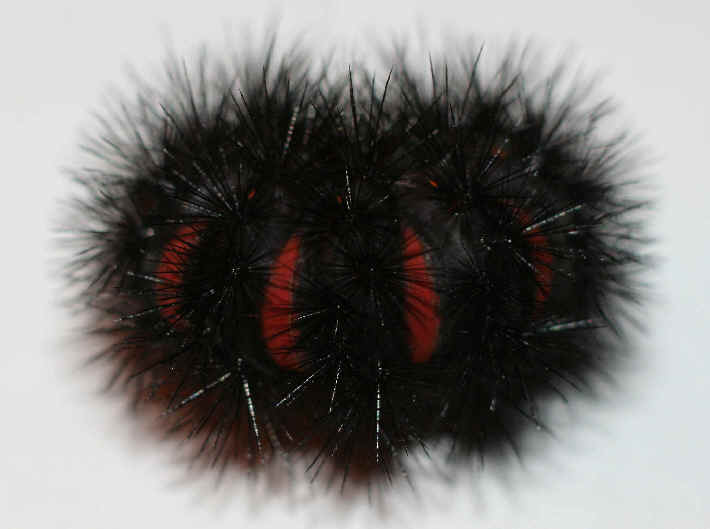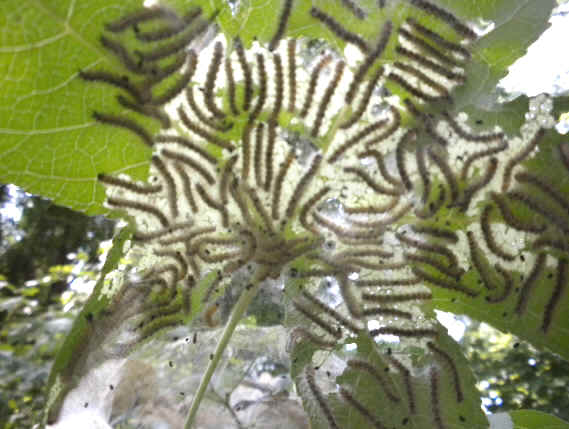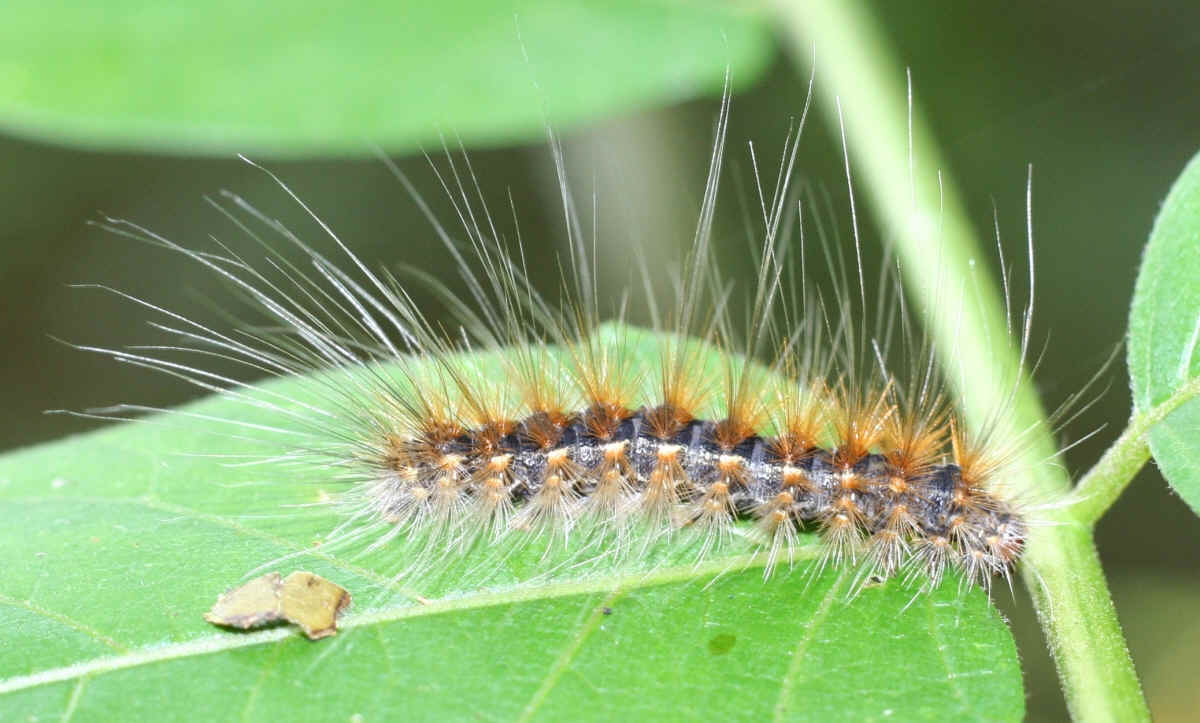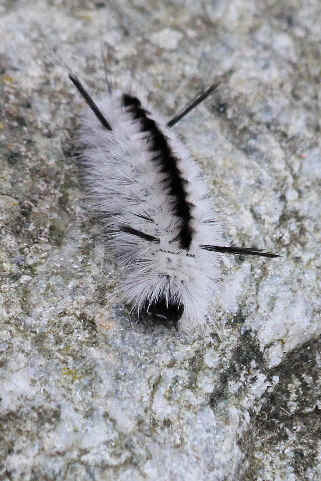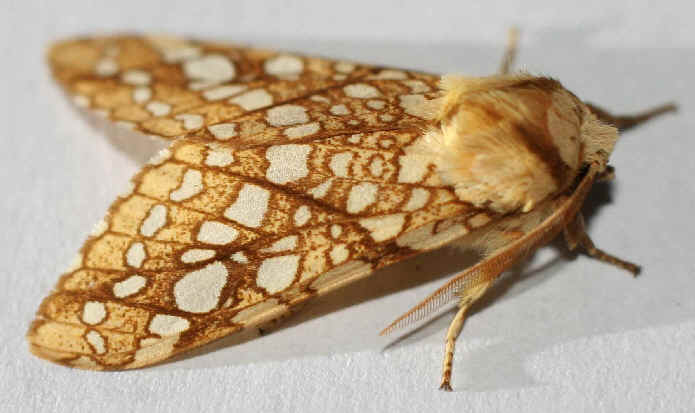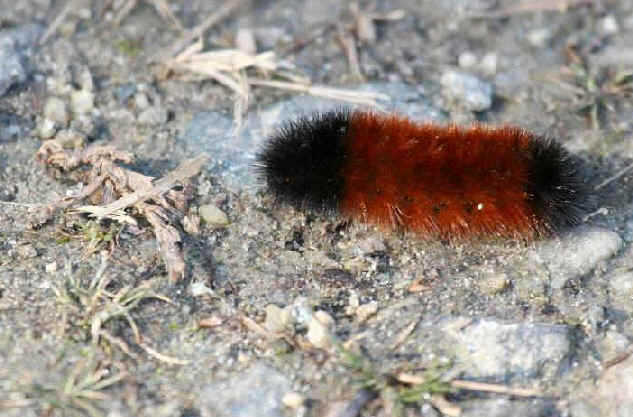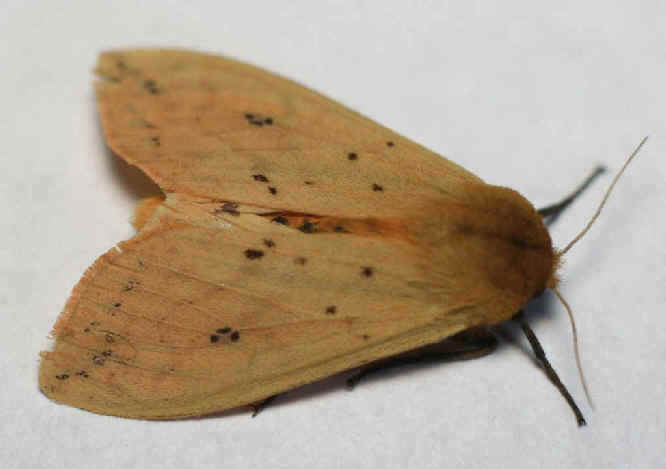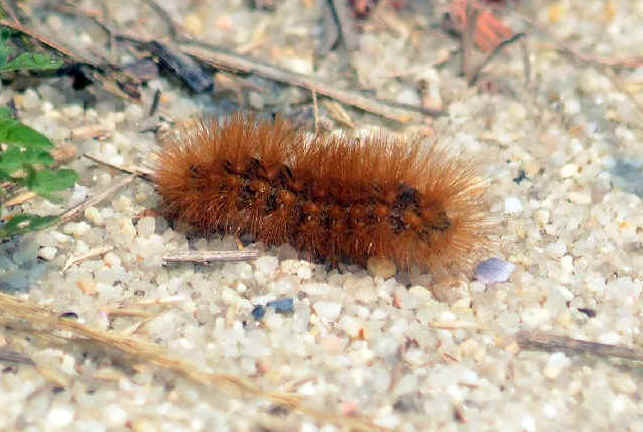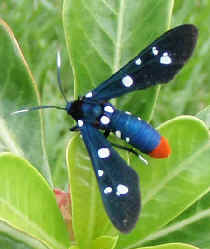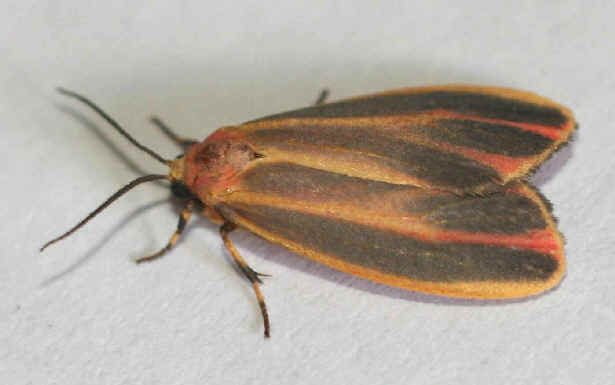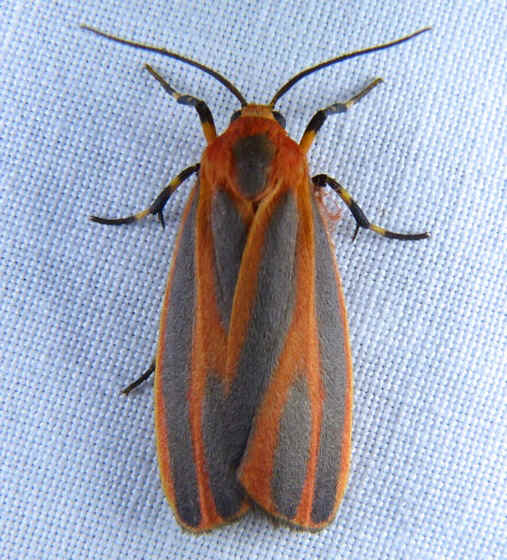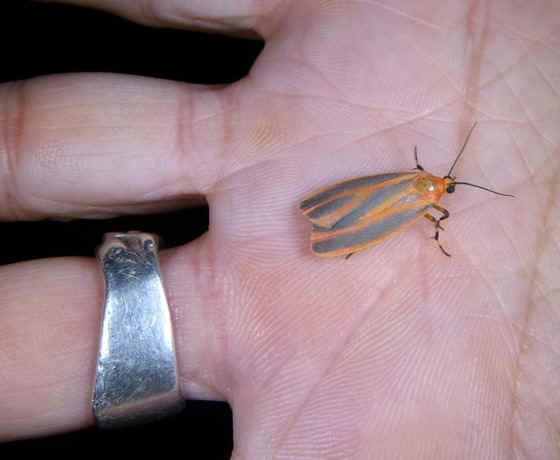
E-mail: font@focusonnature.com
Phone: Toll-free in USA 1-888-721-3555
or 302/529-1876
 |
PO Box 9021,
Wilmington, DE 19809, USA E-mail: font@focusonnature.com Phone: Toll-free in USA 1-888-721-3555 or 302/529-1876 |
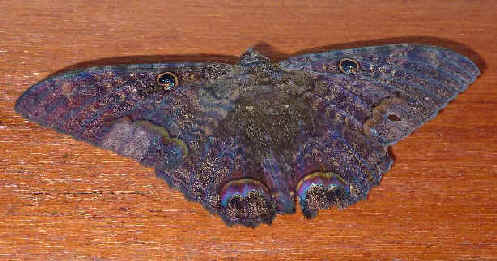 A List
A List
of Moths
in eastern
North America
with some photos
including those during
Focus On Nature Tours
in North Carolina
and elsewhere in the East
Photo at upper right: the BLACK WITCH
(photo by David MacDonald)
Part 2 of a List of Eastern North
American Moths
compiled by Armas Hill
Links:
OTHER LISTS:
BUTTERFLIES
OF EASTERN NORTH AMERICA
DRAGONFLIES & DAMSELFLIES OF EASTERN NORTH AMERICA
There is now a field guide to moths that is truly excellent. It is the "Peterson
Field Guide to Moths of Northeastern North America", by David Beadle
& Seabrooke Leckie, published in 2012.
That book is listed below under "Codes", and referred to in the list
with the code (PNE).
Codes:
M#:xxxx MONA
(Moths of North America) Numbers
These generally were Hodge's
Numbers, from the "Check List of the
Lepidoptera of America North of Mexico",
by R.W. Hodges, et. al.
That 1983 list (actually compiled thru 1978) is outdated, but those numbers have
long been used (and continue to be in the MONA listing).
Numbers noted as (NA:xxx)
refer to the photographs in the National Audubon Society Field Guide of
North American Insects & Spiders,
by Lorus & Margery Milne,
1980
Numbers noted as (NW:xx) refer to pages with
photographs in "Moths & Caterpillars of the North Woods",
by Jim Sogaard, 2009 (the North Woods series relates to wildlife in northern
Michigan, Wisconsin, Minnesota in the US, and Ontario in
Canada)
Numbers noted as (PM:xx)
refer to plates with
illustrations in the older Peterson book, "A Field Guide to the Moths of Eastern North
America", by
Charles Covell, Jr., 1984.
Numbers noted as (PNE:xxx) refer to pages
with illustrations in the "Peterson Field Guide to Moths of Northeastern
North America", by David Beadle & Seabrook Leckie,
2012.
Numbers noted as (S:xxx)
refer to pages in the
book "Butterflies and Moths"
by David Carter, a Smithsonian
Handbook,
second printing 2002.
Numbers noted as (W:xx)
refer to pages in the
book "Caterpillars of Eastern North America"
by David Wagner,
2005.
MA: occurs in Massachusetts
MD: occurs in Maryland
NC: occurs in North Carolina
NJ: occurs in New Jersey
PA: occurs in Pennsylvania
(ph): species with a photo in this FONT website
As of now, there are 1,754 species of moths in this two-part list.
Links to Groupings in this Website:
Tussock Moths
(Subfamily Lymantriinae)
What has been the family LYMANTRIIDAE
is now said to be a subfamily,
LYMANTRIINAE, as part of the family EREBIDAE
EREBIDAE was part of NOCTUIDAE. It is 1 of 7 North American
families
in the superfamily NOCTUOIDEA that includes 12 former noctuid subfamilies:
including CALPINAE, CATOCALINAE, EUTELILINAE, HERMINIINAE,
HYPENINAE, BOLETOBLINAE, DIPHTHERINAE, EREBINAE, & others.
Tiger Moths
(Subfamily Arctiinae)
What has been the family ARCTIIDAE is now said to be a
subfamily,
ARCTIINAE, as part of the family EREBIDAE
Wasp Moths (Subfamily Ctenuchiinae in Erebidae)
Lichen Moths (Subfamily Lithosiinae in Erebidae)
Other Links:
Upcoming FONT Birding & Nature Tours in North America
FONT Past Tour Highlights
A List & Photo Gallery of North American Birds, in 6 parts Birds during FONT North Carolina Tours
Other Lists & Photo Galleries: Eastern North America Butterflies
Eastern North America Wildflowers and some Other Plants (noting host plants for butterflies & moths)
astern North America Dragonflies & Damselflies Eastern North America Amphibians & Reptiles
Eastern North America Mammals (Land & Sea) Eastern North America Marine Life
Moths & Butterflies in Europe Moths of the Caribbean Moths of Central America
Other Lists & Photo Galleries of Moths & Butterflies Elsewhere
Alphabetical Directory of Moths by Genus with Photos in the FONT Website
Directory of Photos in this Website
Subfamily
LYMANTRIINAE
(in the Family EREBIDAE):
